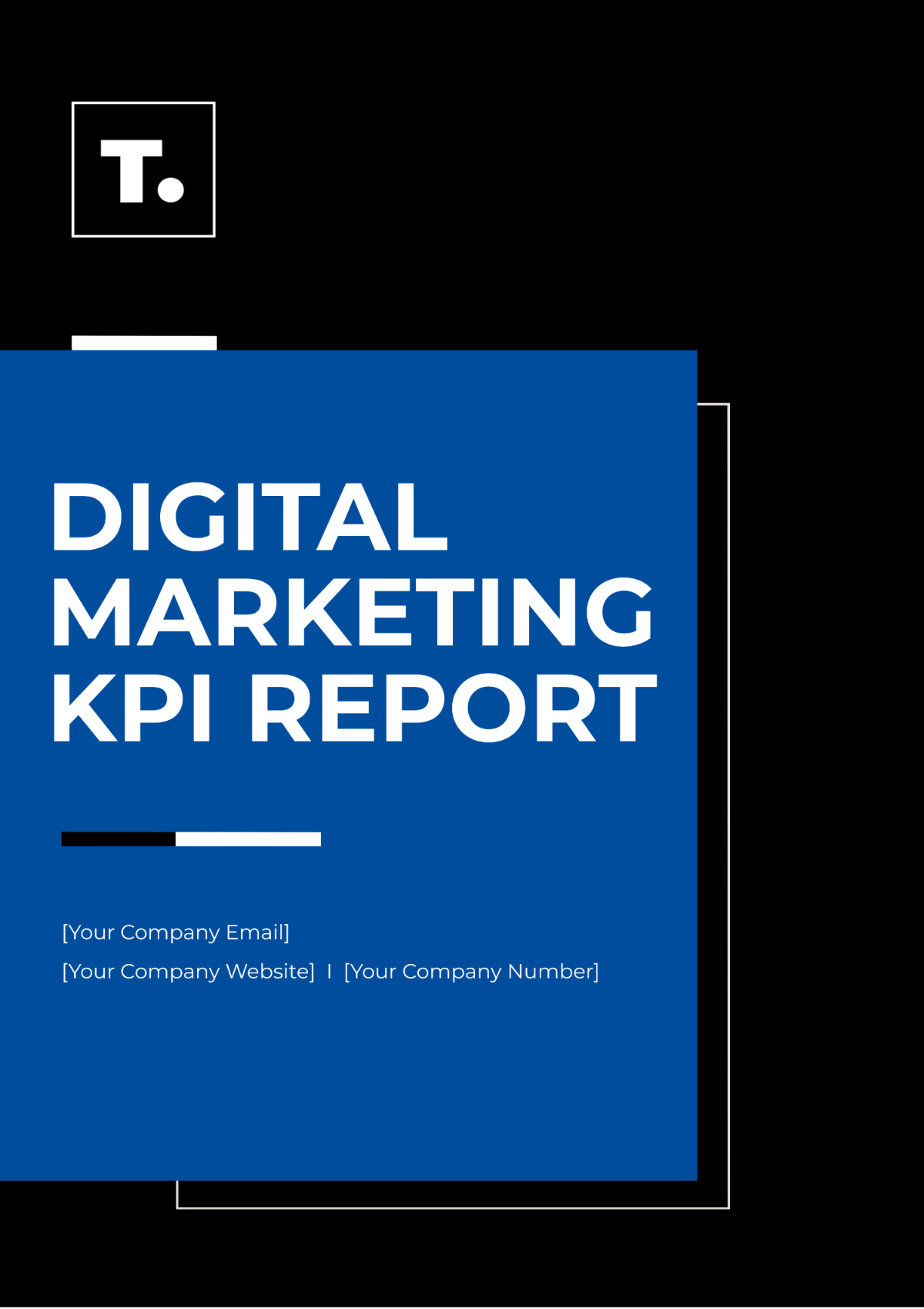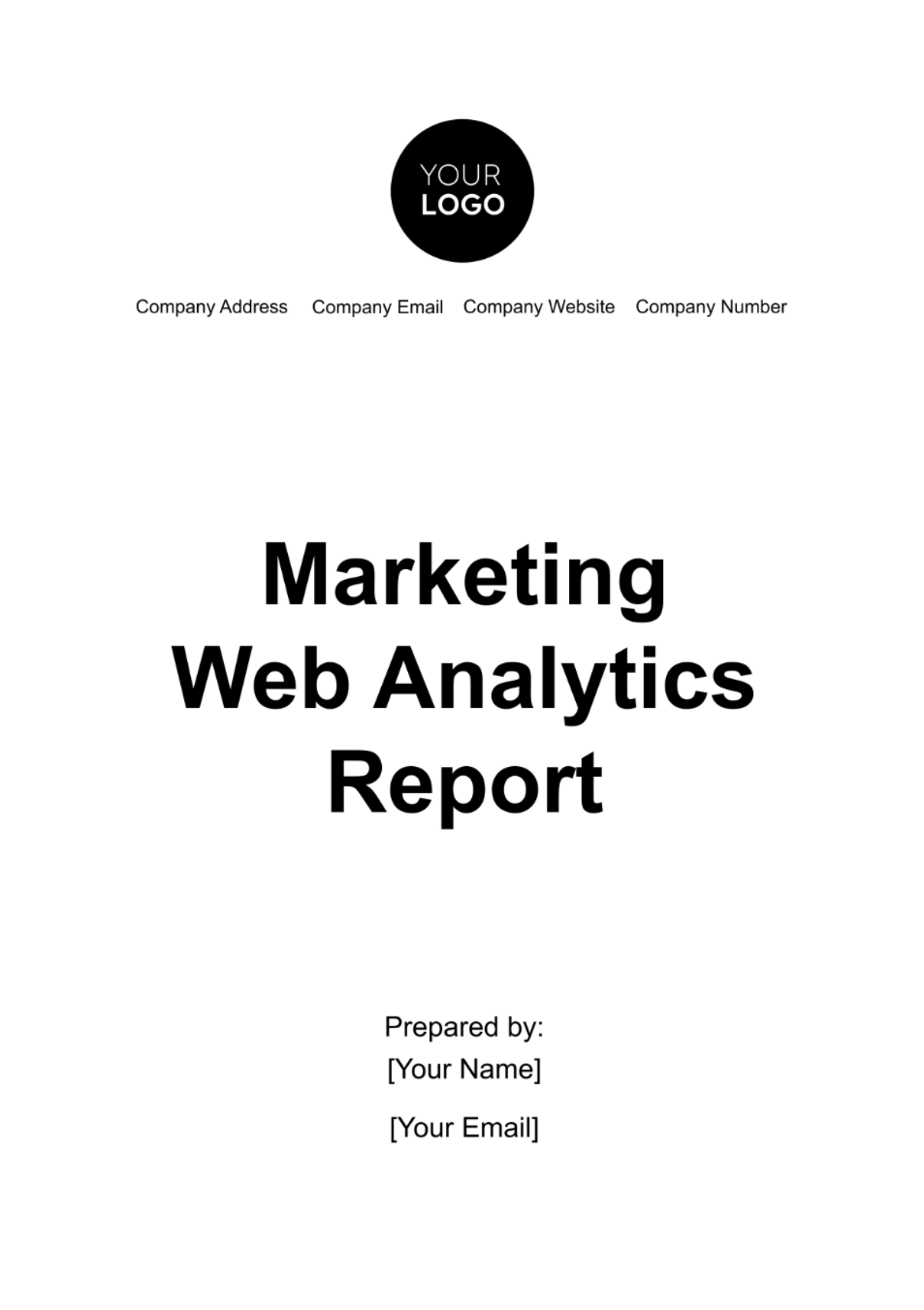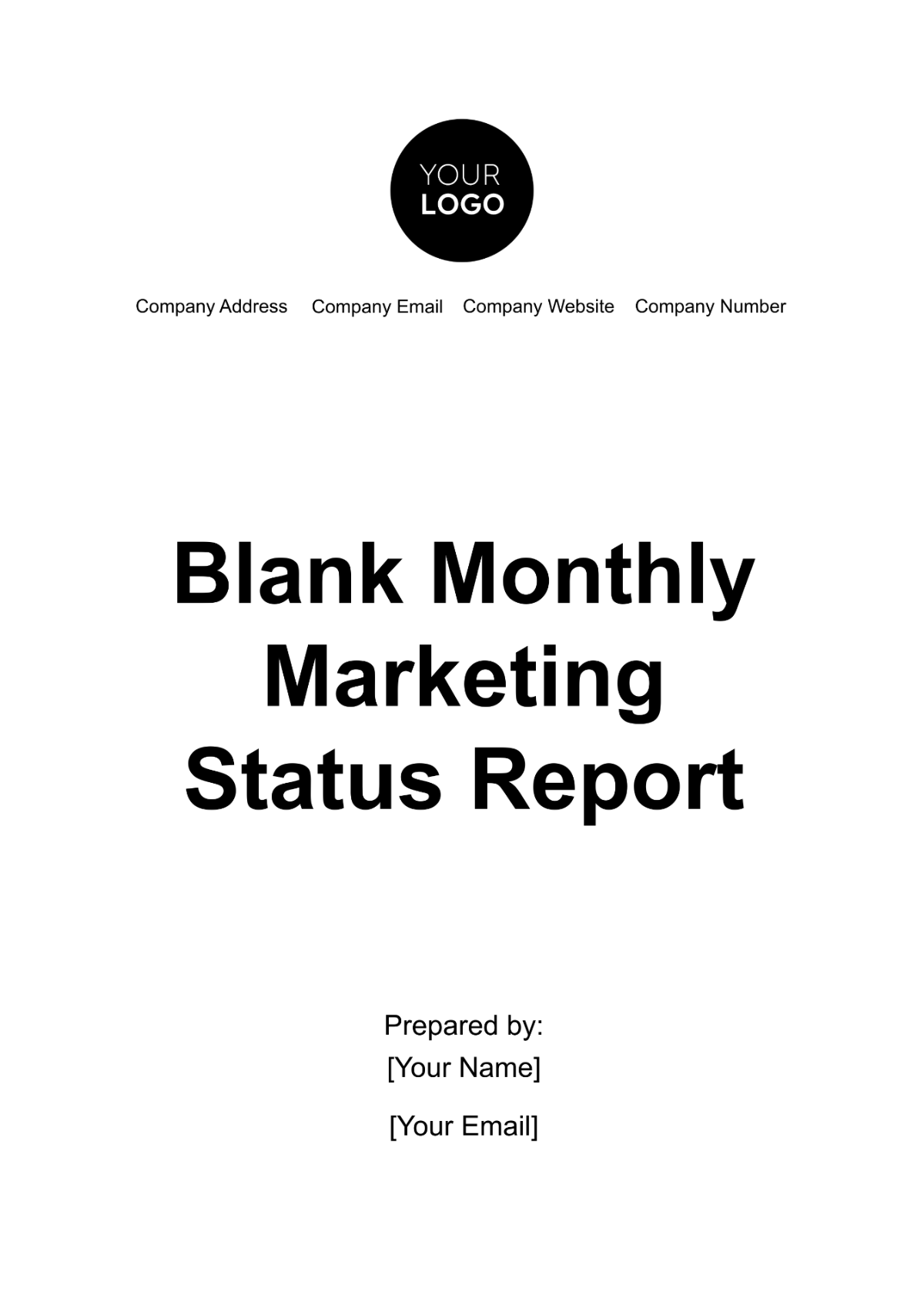Marketing User-Engagement Content Report
Executive Summary
This comprehensive report provides an in-depth analysis of our marketing content's performance in engaging and retaining users over the past quarter. We've highlighted both areas of success and opportunities for improvement. Key findings include:
Our content strategy has led to a remarkable 15% increase in website traffic.
Blog posts centered around "Digital Marketing Trends 2023" achieved an impressive 25% surge in social media shares.
Our email campaigns demonstrated a 10% higher click-through rate compared to the previous quarter.
While we've made significant progress, there's untapped potential to further optimize content for user retention.
Introduction
Welcome to the Marketing User-Engagement Content Report. This document aims to meticulously assess the performance of our marketing content in terms of engaging our audience and promoting user retention. We delve into various content types, encompassing blog posts, infographics, social media content, and email campaigns.
Content Overview
Our marketing efforts over the past quarter encompassed a diverse range of content types, each serving a unique role in our overarching strategy. These include blog posts aimed at educating our audience, visually engaging infographics, attention-grabbing social media updates, and targeted email campaigns designed to nurture leads and convert prospects.
Objectives and KPIs
Our primary objectives for this content strategy are as follows:
Increase Website Traffic: Attract a broader audience to our website through compelling and informative content.
Enhance User Engagement: Elevate the time users spend on our platform and foster a sense of community.
Boost Social Media Presence: Elevate our brand's visibility and engagement on social media platforms.
Drive Conversions and Lead Generation: Encourage users to take desired actions such as signing up, downloading resources, or making purchases.
To measure the success of our efforts, we've defined several Key Performance Indicators (KPIs):
Page views and unique visitors: Indicative of the reach and scope of our content.
Bounce rate: A measure of user engagement and content relevance.
Average time on page: An indicator of content quality and engagement.
Conversion rates: The rate at which users take desired actions.
Social media likes, shares, and comments: Reflecting our social media reach and audience interaction.
Email open rates and click-through rates: Critical for evaluating the effectiveness of our email campaigns.
Data Collection and Analysis
For this report, we meticulously gathered data from various sources, including Google Analytics, social media analytics tools, and email marketing platforms. Our analysis provides a comprehensive view of user engagement metrics for each content type, enabling us to make informed decisions for our future content strategies.
User Engagement Metrics
Blog Posts
Our blog posts performed as follows:
Total Page Views: 62,543 Views
Unique Visitors: 38,210 Visitors
Average Time on Page: 2 minutes and 45 seconds
Bounce Rate: 48%
Conversion Rate: 10%
Social Media Content
Our social media content achieved the following metrics:
Total Social Media Shares: 8,972 Shares
Likes: 12,598 Likes
Comments: 1,423 Comments
Email Campaigns
Our email campaigns garnered the following engagement metrics:
Open Rate: 24%
Click-Through Rate (CTR): 15%
Conversion Rate: 8%
User Segmentation
We've segmented our user base based on demographics, location, and behavior to better understand engagement dynamics. Key insights include:
Segment 1 demonstrated the highest engagement with our blog content.
Social media posts resonated particularly well with Segment 2.
Email campaigns exhibited strong performance with Segment 3.
Content Performance Analysis
High-Performing Content
Our high-performing content included:
Blog Post: "Digital Marketing Trends 2023"
Achieved exceptional engagement metrics.
Social Media Post: "Unlocking the Power of Social Media Marketing"
Generated substantial likes, shares, and comments.
Email Campaign: "Exclusive Offer for Subscribers"
Delivered impressive click-through and conversion rates.
Low-Performing Content
Content that faced challenges in engagement included:
Blog Post: "Choosing the Right SEO Strategy"
Struggled to maintain user engagement.
Social Media Post: "Company Announcement"
Underperformed in terms of engagement.
Email Campaign: "Weekly Newsletter"
Yielded disappointing click-through and conversion rates.
Content Recommendations
Based on our analysis, we recommend the following strategies to boost user engagement:
Optimize High-Performing Content: Identify commonalities among successful content and apply those insights to future creations.
Experiment with Content Formats: Explore new formats such as video, interactive content, or webinars to diversify engagement channels.
Segmented Email Campaigns: Tailor email campaigns to match the interests and needs of specific user segments.
Enhance Social Media Engagement: Foster two-way conversations on social media by promptly responding to comments and actively participating in discussions.
Conclusion
In conclusion, our marketing content strategy has yielded substantial improvements in user engagement, yet there is untapped potential for further enhancement. By implementing the recommended strategies and closely monitoring performance, we are confident in our ability to continue elevating user engagement in the forthcoming quarter.
Future Steps
Our next steps include:
Implementing the proposed content recommendations.
Continuously tracking and analyzing user engagement metrics.
Initiating user surveys and feedback sessions to gain deeper insights.

















































